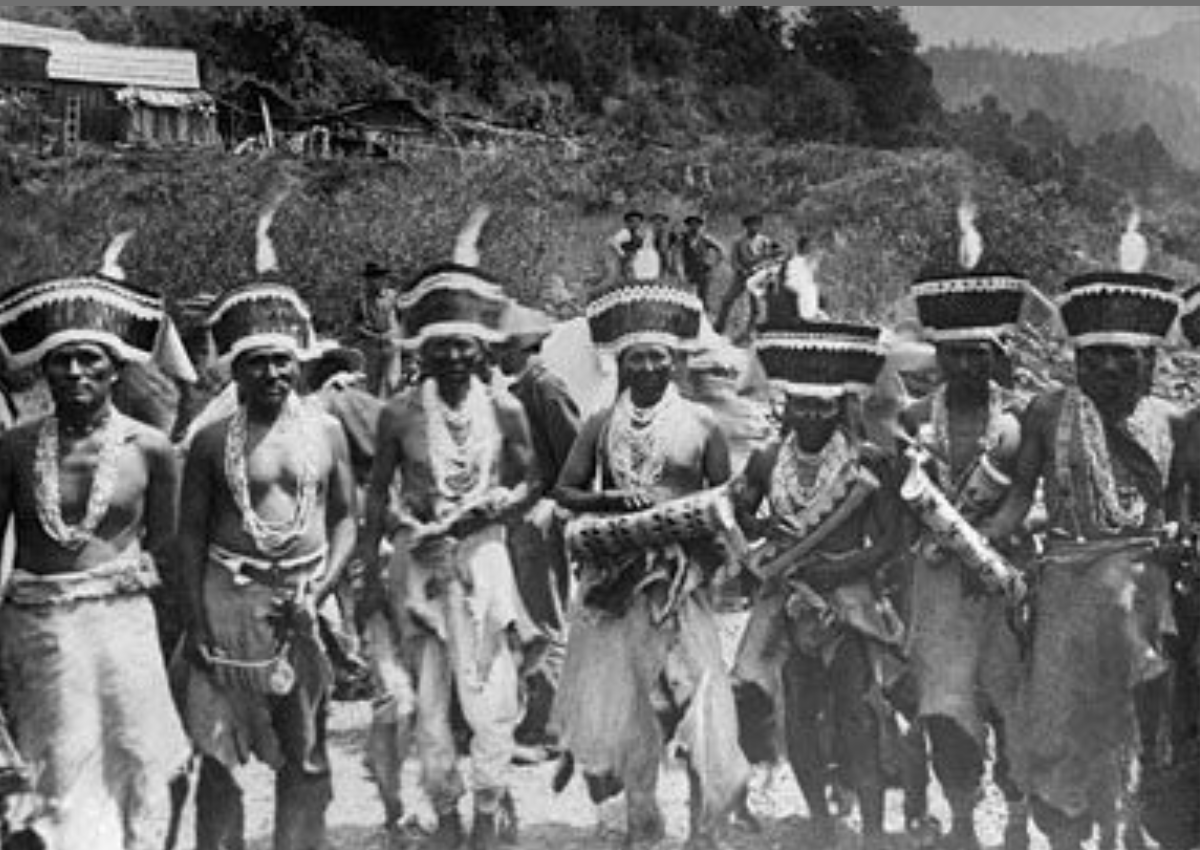
Mount Shasta is located in Northern California, in the United States. It is part of the Cascade Range and stands prominently near the town of the same name, Mount Shasta City. The mountain is approximately 60 miles north of Redding and 60 miles south of the Oregon border.


Mount Shasta is a volcanic mountain and has been present for a long time, forming over thousands of years due to volcanic activity. It didn't "appear" in a specific year. The mountain has been part of the landscape for a significant geological period.


Mount Shasta is a natural geological formation and was not invented by anyone. It is a dormant volcano that has been formed over millions of years through geological processes. The native indigenous people of the area, including the Shasta, Wintu, and Modoc tribes, have revered and inhabited the region around Mount Shasta for thousands of years.


Exactly, you've got it! The name "Shasta" indeed has roots in the Karuk language, and it aptly describes the mountain's towering stature in the region. The Shasta Native American tribe has a significant cultural and historical connection to the area, and their influence is reflected in the naming of both the mountain and the city.




Mount Shasta is a popular destination for hiking enthusiasts for several reasons:
Varied Terrain: Mount Shasta offers a range of hiking trails suitable for different skill levels, from beginner to advanced. Whether you're looking for a leisurely stroll or a challenging ascent, there's a trail for you.
Scenic Beauty: The mountain boasts stunning natural beauty, with picturesque landscapes, lush forests, alpine meadows, and breathtaking vistas. Hikers can enjoy panoramic views of the surrounding wilderness, including other peaks in the Cascade Range.
Diverse Wildlife: The area around Mount Shasta is home to diverse wildlife, providing hikers with opportunities to spot various species of birds, mammals, and other fauna along the trails.
Spiritual and Cultural Significance: Mount Shasta holds spiritual significance for many people, believed by some to be a sacred and mystical place. This spiritual aura adds an extra layer of allure for those seeking a deeper connection with nature.
Adventure Opportunities: For those seeking more adventurous experiences, Mount Shasta offers opportunities for mountaineering, rock climbing, and backcountry camping. Experienced hikers can challenge themselves with the ascent to the mountain's summit.
Accessibility: Mount Shasta is easily accessible, located near major highways and towns. This makes it a convenient destination for day hikes or longer backpacking trips.
Overall, Mount Shasta provides a fantastic hiking experience amidst stunning natural surroundings, making it a beloved destination for outdoor enthusiasts.





While Mount Shasta offers hiking opportunities year-round, the best time for hiking largely depends on personal preferences and the type of experience you're seeking:
Summer (June to August): This is the most popular time for hiking on Mount Shasta due to milder temperatures and more stable weather conditions. Trails are generally clear of snow, making them more accessible. However, popular trails can be serried during this time.
Spring (April to May): Spring offers beautiful wildflower blooms and slightly cooler temperatures than summer. Some higher-elevation trails may still have snow, so it's essential to check trail conditions before heading out.
Fall (September to October): Fall brings vibrant foliage colors, fewer crowds, and cooler temperatures. It's an excellent time for hiking, but be prepared for changing weather conditions as winter approaches.
Winter (November to March): Winter hiking on Mount Shasta can be challenging and requires proper preparation and equipment. Trails are often covered in snow, and weather conditions can be unpredictable. However, the mountain's snowy landscapes can be incredibly beautiful for those prepared for winter hiking or snowshoeing.
Regardless of the season, it's essential to check weather forecasts, trail conditions, and be adequately prepared with appropriate clothing, gear, and supplies. Additionally, if you plan to hike to higher elevations or attempt the summit, consider the potential for altitude sickness and acclimatize accordingly. Always prioritize safety and enjoy the unique beauty and adventure that Mount Shasta offers!